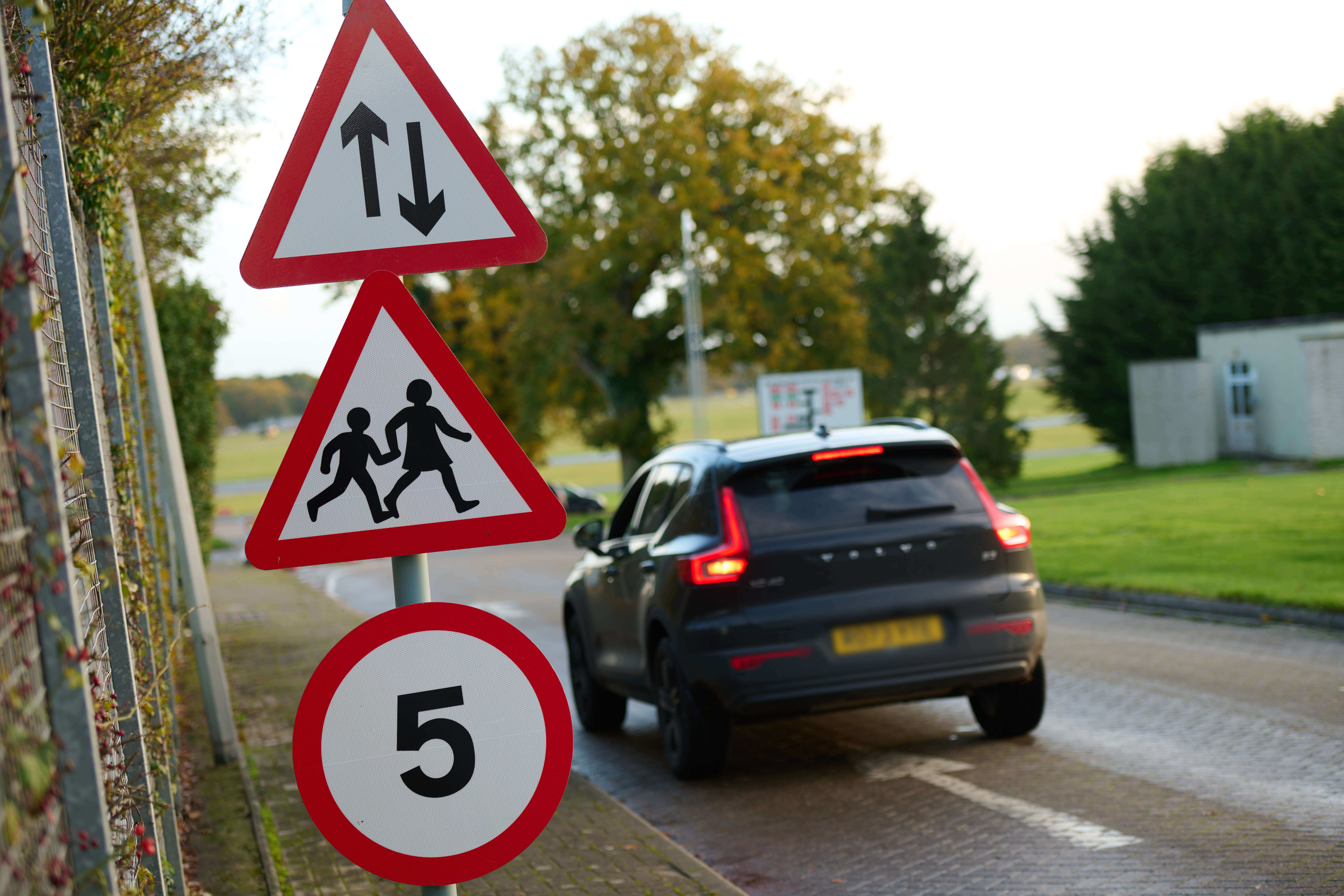Contents
The capability of the towing vehicle
The weight capacity of the trailer
The brakes on the trailer
Gross weight of towing vehicle and size of trailer
Drivers hours / tachograph and operators licence – GCW over 3,500kg
Technical terms used above
Further information
The weight and size of trailer that you can tow depends on at least 7 key factors. Any maximum weight specified under any of these cannot be exceeded – even if other criteria seem to permit a higher weight.
Technical terms in bold are explained in section 7.
1. The capability of the towing vehicle
The chassis plate on the vehicle (see table in Section 7) states the maximum weights allowed – the Gross Vehicle Weight (GVW) and the Gross Combination Weight (GCW).
The vehicle handbook will either repeat what is on the chassis plate, or for convenience, might directly specify the maximum weight of trailer (eg 750kg) which is allowed to be towed. The V5C registration certificate often shows this too, under sections O1 and O2 (depending on whether trailer has brakes or not). Exceeding any of the above weights is likely to be construed as using a vehicle in a dangerous condition.
Where the sum of the maximum plated weights of the towing vehicle and of the trailer added together exceed the plated GCW of the towing vehicle, this is not a problem as long as the ‘actual’ weights of the vehicle and trailer (which may not be fully laden at the time) do not exceed the plated GCW.
2. The weight capacity of the trailer
A trailer manufacturer must decide the maximum weight the trailer can be loaded to, the Gross Vehicle Weight (GVW) of the trailer, and mark it on the trailer chassis plate. This cannot be exceeded. Sometimes the maximum axle weights are quoted instead and these must not be exceeded.
3. The brakes on the trailer
This depends on the weight capacity of the trailer.
A trailer with a GVW of 750kg or lower, is not required to have brakes, but if brakes are fitted they must be in full working order.
A trailer with a GVW from 751kg up to 3,500kg is required to have brakes, normally over-run (inertia) brakes that operate automatically are fitted.
4. Driving licence entitlement
You are not allowed to exceed the entitlement to tow trailers given on your driving licence, even if the vehicle you are driving has the capability. Your entitlement varies depending on when the licence was granted – if you passed a standard car test (category B) after 1 Jan 1997 your entitlement is more restricted than for persons who took a car test before that date.
Unlike the situation in section 1 above, driving licence entitlement is calculated on potential weight – Maximum Authorised Mass (MAM) – rather than actual weight. So if your entitlement allows you to tow a trailer with MAM 750kg, you cannot tow a trailer with GVW of 1,500kg that is unladen, and so only weighs 500kg. You can only tow a trailer with GVW 750kg.
5. Gross weight of towing vehicle and size of trailer
A towing vehicle with GVW of 3500kg or lower is restricted as to the size of trailer it may tow. The trailer can be a maximum of 7m long by 2.55m wide. A heavier vehicle can tow a trailer of maximum 12m long by 2.55m wide. Exceptionally, where the trailer is specially designed to carry long loads (eg one or more boats, gliders), the 7m limit does not apply.
6. Drivers hours / tachograph and operators licence – GCW over 3,500kg
The towing vehicle for combinations with a GCW above 3,500kg may require a tachograph if used for commercial purposes and the driver must obey drivers hours regulations. Similarly operator licensing may apply.
7. Technical terms used above
7.1 Chassis plate
Plate or sticker affixed by the manufacturer specifying the maximum weights allowed. It is often found on a front door sill. For HGVs, the maximum weights will be specified on the Ministry Plate (or Plating Certificate VTG) issued by VOSA / DVSA.
Information displayed on a typical chassis plate on a car, and what it means.
[responsive_table]
| Ford | Manufacturer |
| e112001/1160045 | Type approval number |
| WAE123DEFGH123456 | VIN (vehicle identification number) |
| 2235 | Gross Vehicle Weight – GVW |
| 4235 | Gross Combination Weight – GCW |
| 1050 | Front axle – maximum load |
| 1230 | Rear axle – maximum load |
[/responsive_table]
7.2 GVW – Gross Vehicle Weight
This is specified by the manufacturer and it means the maximum weight the vehicle or trailer is allowed to be when fully loaded. It is the unladen weight of a vehicle plus the maximum permitted payload. Also known as Maximum Permissible Mass, item F1 on the V5C.
7.3 GCW – Gross Combination Weight
This is specified by the manufacturer of the towing vehicle and it means the maximum permitted weight of the combination (ie total of the towing vehicle and the trailer, including the loads on both). Also known as Gross Train Weight (GTW). To help find the maximum weight of trailer that can be towed, you could subtract the GVW of the towing vehicle from the GCW. (in this example a 2000kg trailer would be permitted). However if the towing vehicle is not fully laden, any spare weight capacity can be used by the trailer, so long as the GCW and trailer GVW are not exceeded.
7.4 Payload
The maximum weight of the load that can be carried on a vehicle. (Can be calculated: GVW minus the unladen weight of a vehicle).
7.5 Unladen or kerb weight
The weight of an empty vehicle, with no driver.
Content above is available under the Open Government Licence v3.0,

